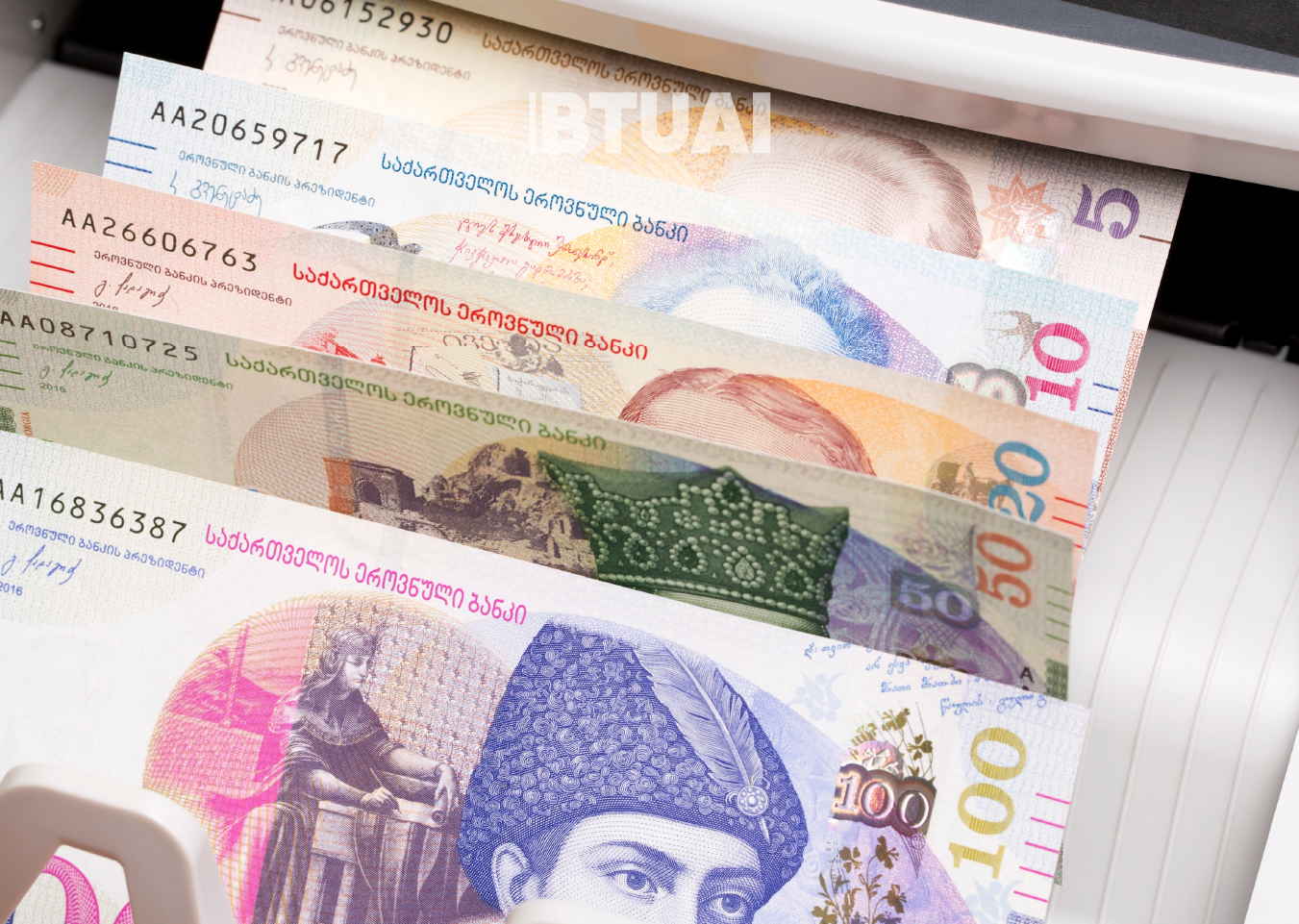Deposit Market Grows Steadily – Lariization on the Rise, Outlook Cautious
As of March 2025, the total volume of deposits held in Georgia’s commercial banks rose to 58.47 billion GEL,

As of March 2025, the total volume of deposits held in Georgia’s commercial banks rose to 58.47 billion GEL, up by 468 million GEL (0.81%) compared to February. On a yearly basis, the growth is more pronounced—an 11.27% increase, indicating rising consumer trust and a steady upward trend in household and institutional savings.
A closer analysis shows that demand deposits—flexible savings accessible at any time—increased by 1.29% or 400.11 million GEL. When excluding exchange rate effects, the increase is even stronger at 1.92%. This suggests that both individuals and organizations are prioritizing liquidity, possibly due to economic uncertainty or while waiting for income increases.
Time deposits, meanwhile, showed slower growth—0.25% or 67.78 million GEL. Adjusted for currency effects, growth rises to 0.93%. This indicates that despite market stability, depositors remain cautious about committing to long-term savings and prefer shorter-term, more flexible strategies.
The larization coefficient—the share of deposits held in the national currency—reached 47.23% in March, up 0.35 percentage points from the previous month. This upward shift reflects a modest strengthening of confidence in the lari, likely influenced by the currency’s stability and the central bank’s monetary policy.
Interest rates remain relatively attractive for time deposits. In March, the average annual weighted interest rate on time deposits was 6.84%, with a significant difference between currencies: 9.84% for deposits in GEL, compared to just 2.56% for deposits in foreign currencies. This disparity underscores the incentives for holding savings in the national currency, aligned with the National Bank of Georgia’s monetary objectives.
In the foreign currency segment, the U.S. dollar remains dominant, accounting for 79.65% of foreign currency deposits, while the euro holds 18.91%. These figures reflect continued trust in the long-term stability of the dollar, reaffirming its dominant position in foreign-denominated savings.
Overall, the data paints a picture of cautious optimism in Georgia’s deposit market. Savers are continuing to grow their balances, yet remain flexible and hesitant to commit to long-term positions. Strengthening confidence in the lari—combined with low returns on foreign currency deposits—could further boost larization in the coming months. Still, economic stability and currency fluctuations will remain key factors shaping future deposit behavior.




